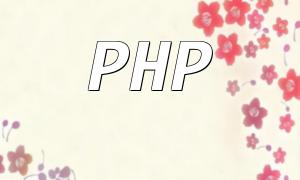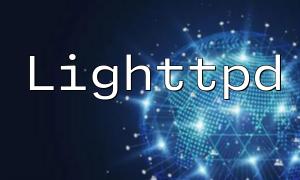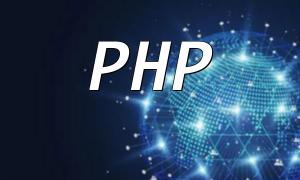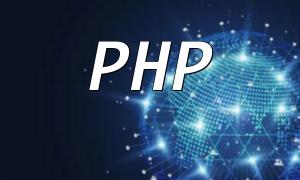Deserialization is the process of converting data that is stored in a certain format (such as JSON or PHP's proprietary serialized format) back into an object or data structure. In PHP, deserialization is typically done using the `unserialize()` function, which restores data that was serialized using the `serialize()` function back to its original object or array.
In PHP, deserialization seems like a simple process, and many developers frequently use this functionality in their code. For example:
class User {
public $name;
public $email;
}
$user = new User();
$user->name = "Alice";
$user->email = "[email protected]";
// Serialize the object
$serializedUser = serialize($user);
// Deserialize the object
$unserializedUser = unserialize($serializedUser);
While this operation seems harmless at first glance, the potential risks are that deserialization can introduce serious security vulnerabilities.
One of the main issues with deserialization is security. Malicious users can manipulate the data passed to the `unserialize()` function, allowing them to inject arbitrary objects and use these objects to perform unauthorized actions.
Object injection attacks are a common attack vector where the attacker can craft specific serialized data to create an object of an already existing class and then trigger certain methods. Suppose there is a method that performs a sensitive operation, and the attacker can send specially crafted serialized data to call this method, potentially leading to security vulnerabilities.
class Admin {
public function deleteUser() {
// Logic to delete the user
}
}
// Malicious object crafted by the attacker
$maliciousObject = 'O:5:"Admin":0:{}'; // Malicious object
unserialize($maliciousObject);
In this example, the malicious object is improperly created, triggering the `deleteUser` method, which can potentially compromise the security of the entire system.
A lack of proper data validation during deserialization is another critical issue. Many developers fail to validate the legitimacy of data when deserializing, which leads to crashes or unexpected behavior when processing invalid objects. In such cases, attackers can pass forged data to exploit potential vulnerabilities in the code.
To minimize the security risks associated with deserialization, several best practices can help developers protect their applications.
Consider using JSON instead of PHP's proprietary serialization method. JSON is a lightweight data exchange format that does not have the capability to execute code. Therefore, even if the data is tampered with, attackers cannot easily inject executable code.
$data = ['name' => 'Alice', 'email' => '[email protected]']; $jsonData = json_encode($data); // Serialize to JSON $decodedData = json_decode($jsonData); // Deserialize
PHP provides a second parameter to the `unserialize()` function that can limit the deserialization of unauthorized objects. For example, when calling `unserialize()`, you can explicitly define which classes are allowed for deserialization.
$allowedClasses = ['User']; $unserializedObject = unserialize($serializedData, ["allowed_classes" => $allowedClasses]);
Deserializing objects in PHP may seem like a simple and convenient feature, but the security risks behind it cannot be ignored. Developers must take deserialization seriously and adopt appropriate alternatives and security measures to minimize potential attack surfaces. By ensuring the security of the code and the reliability of the data, applications and user data can be effectively protected.









